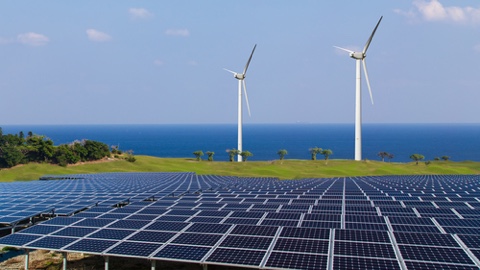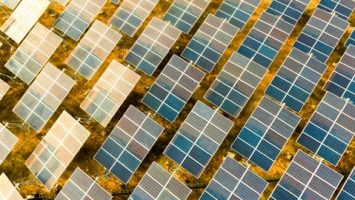
A new project developed by the CEO of Softbank – a Japanese multinational telecommunications and Internet corporation – will create a “super grid”, connecting South Korea, China, Japan and Mongolia. The primary aim of the project is to share renewable energy from countries currently efficiently producing it to other countries that require energy. For example, wind energy generated in Mongolia could be transmitted to other countries via undersea transmission cables.
Some of the benefits of joining grid systems together are to: reduce or replace fossil fueled power plants, send surplus renewable energy from one country to another, and allow the producing country to avoid curtailing renewable power production. These benefits are possible because different regions have different renewable energy generation capabilities, but also different load patterns and peak periods. By taking advantage of the diversity in loads and resources, the flexibility of the grid systems in each nation can be increased.
The project is not without its detractors. Ryuichi Yokoyama, a professor Emeritus at Waseda University, believes that varied sources of renewable energy – solar, wind, tidal, etc. – are necessary for the super grid system to be advantageous; and participating countries must all be politically, economically, and socially stable.
It is expected that the project will require an investment of $6.2 billion (USD). It has been calculated, however that the cost of bringing electricity generated by hydropower in Russia to Japan would be below 10.5 cents/kWh, which is equal to the cost of electricity generated by a coal fired power plant in Japan. Similarly, the cost of bringing wind energy generated in Mongolia via China and then South Korea to Japan is also estimated to be below 10.5 cents/kWh.


